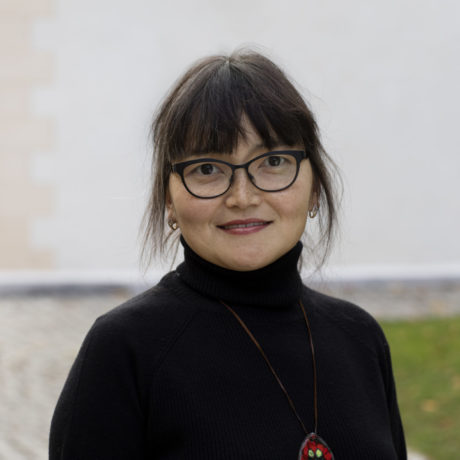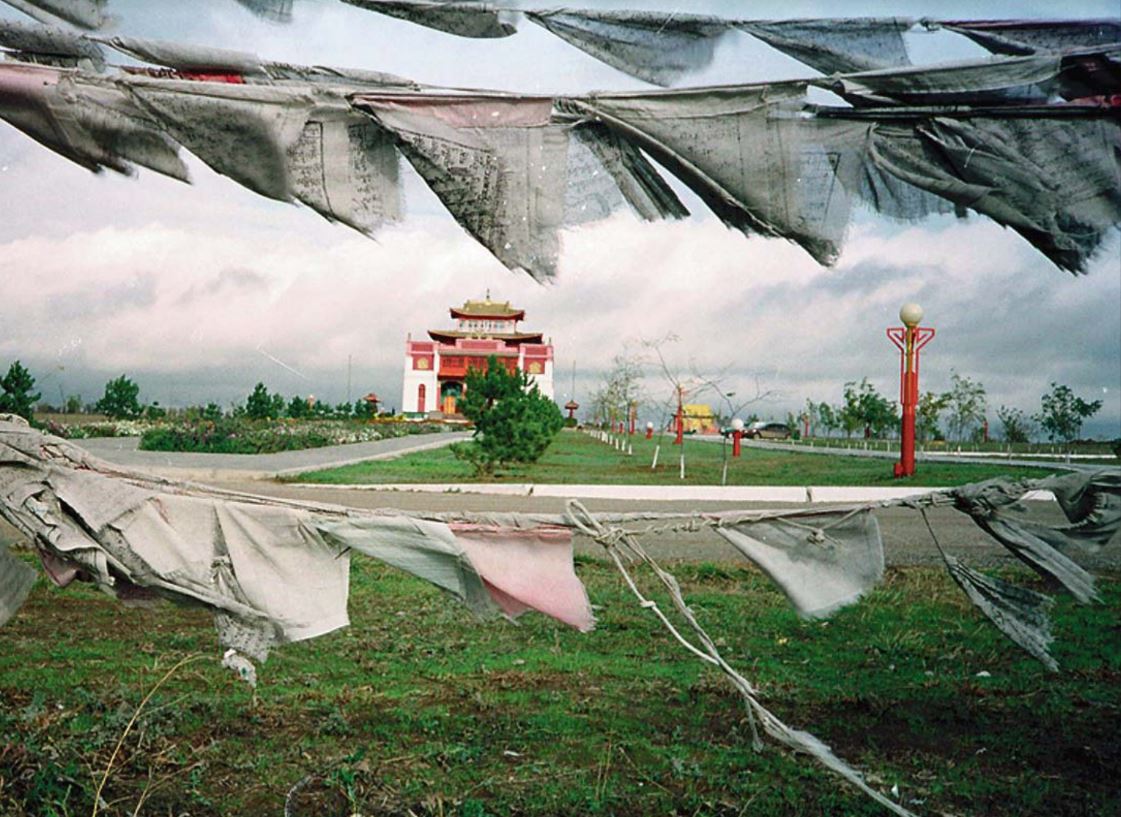During the Second World War, while Nazi Germany sent Jews and other minorities to their death in concentration camps across Europe, Stalin ordered the mass deportations of entire ethnic groups from the Caucasus and Crimea to distant areas in Siberia and Central Asia. Among them: The Kalmyk, Karachay, Balkar, Ingush and Chechen peoples, the Meskhetin Turks and the Crimean Tatars.
At the time, these unprecedented events received no attention. The Battle of Stalingrad ended in February 1943. Later the same year, preparations began for what is today seen as a giant project of deportations of peoples of the North Caucasus and other regions deemed problematic by Stalin and the Soviet regime.
The official explanation, to the extent that Stalin and the secret police needed to “explain” the removal of entire nations from their ancestral homeland was suspicions of cooperation with German troops, an argument that has since been debunked by all serious historians. Rather, Stalin selected ethnic groups who had a history of opposition to Russian and Soviet rule. In many ways, a large-scale ethnic cleansing of the Caucasus was merely a logical next step after Stalin’s Great Terror in 1938 and was intended to make the region more manageable and transparent to an extraordinarily paranoid leader. At the same time, the removal of entire ethnic groups opened territories for a more thorough Russification.
From November 2023 until November 2024, the peoples who were deported during WWII all mark the 80th anniversary of these horrific events. In a series of articles, the Norwegian Helsinki Committee will highlight each of these groups through a conversation with a representative of the people in question.
The Kalmyks
The steppes north of the Caucasus, on the western bank of the Caspian Sea, seem like a natural place for a Mongolic, nomadic people to settle. But this region is not native to the Kalmyks, who originally left present-day Northern Xinjiang in China and migrated westwards through Siberia. The Oirats, as they were then called, arrived in the present-day Republic of Kalmykia in the Russian Federation around 1630. The tsar did not fully control this geographical stretch between Saratov and the North Caucasus at the time and gave the Kalmyks permission to settle here. In time, the Kalmyks filled a role as a buffer between Russian forces and indigenous population of the Caucasus.
The Kalmyk language is Mongolic in origin. Many younger Kalmyks do not speak Kalmyk fluently but use the Russian language in everyday life. The dominant religion among Kalmyks is Buddhism. Today, many Kalmyks have Russian-sounding first names, but Kalmyk names are also popular. Kalmykia ranks among the poorest regions of Russia.
Operation «Ulusy» was promoted and implemented by Lavrenti Beria of the NKVD (present-day FSB) and approved by Joseph Stalin in October 1943. Over 93,000 Kalmyks – almost the entire ethnic group – were forced into cattle wagons over a three-day period. A total of 46 eastbound trains were used.
The Kalmyk Autonomous Soviet Socialist Republic was formally abolished on 27 December, and the next day, all Kalmyks were given twelve hours to pack and get ready for relocation. Non-Kalmyk women with Kalmyk husbands were also deported, while Kalmyk women married to non-Kalmyk men were permitted to stay behind with their families.
Many families travelled for two weeks, with no access to basic hygiene in the cattle carts. Kalmyks were relocated to various provinces of Siberia, including Omsk, Altai, and Novosibirsk. Out of the 93,000 deportees, about 1400 died in transit and a similar number became gravely ill.

Inna Sangadzhieva, Director for Europe and Central Asia at the Norwegian Helsinki Committee was born in the village of Adyk, some 130 kilometers from Kalmykia’s capital city Eliasta, twenty years after the Kalmyks were permitted to return from exile. Gradually, she learned the truth about what her parents and grandparents generations had been through:
“During Soviet times it was forbidden to talk about the deportations, so I recall the topic being mentioned completely without context in my childhood. About how my father grew up in Siberia, how my mother’s parents became orphans, that my grandfather fought in the war and my grandmother lost her hearing in the taiga, and that some of my grandmother’s children died.”
“After perestroika, for a short period, details started appearing. It turned out that my grandmother had wrapped my father in a small carpet, where he sat in the cattle wagon for about a month on the way to Siberia. This is how he survived. My grandfather was a parachutist at the front, part of the Dnepr Landing Forces and a veteran of the 3rd Guards Army Air born Forces. While in the hospital, he was almost sent to GULag, the forced labour camps. Thanks to a brave doctor who claimed that he was an ethnic Kazakh, not a Kalmyk, he wasn’t arrested but sent back to the front.”
Upon arrival in Siberia, tens of thousands of Kalmyks were placed in «special settlements» with horrific conditions. The Kalmyks worked as labourers in agriculture, mining and timber, functioning as forced labour in underdeveloped regions of Siberia.
“On my mother’s side some Buddhists were either sent to the camps or died in Siberia. Only in the 1990s, Buddhism was again practised in Kalmykia. I fear that the Kalmyk language, culture and identity has been lost after the Kalmyks were sent out across the entire Siberia. My grandmother was sent to Kokshetau in present-day Kazakhstan, while her brother ended up in Kamchatka in Russia’s Far East. They didn’t see each other for 13 years”, Inna explains.
In early 1945, it was estimated that 13,000 of the original 93,000 Kalmyks had died. Official Soviet records show a 17% mortality rate, unofficial sources even higher. All figures in this article are necessarily based on Soviet figures, which may or may not be correct. The regime that sent people to their death was the regime that also kept the statistics.

Inna moved to Oslo, Norway to study in the fall of 1999, approximately at the same time as Vladimir Putin became Prime Minister of Russia.
The knowledge of Kalmyk deportations played an important role in bringing her into human rights work. Inna explains:
“I was lucky to be born towards the end of the Soviet Union. But I did have time to be part of the Young Pioneer communist youth organization. When glasnost and perestroika were announced, society itself started uncovering the horrible secrets of the past. The more history revealed itself, the more questions appeared. Why couldn’t my grandfather visit Austria, which he helped liberate? Why did the victory cost so many lives? Why did they have to lie so much? Why couldn’t Russia be a free country? I started studying political science to find answers to these questions. In the end, I believe I did find answers, but they are even more bloody and tragic than I could imagine back then. After working on our traumas from the past and the present, I believe Russians need to begin on the path to truth and justice.”
After Stalin’s death on 5 March 1953, the Central Committee of the Communist Party overturned the decree stating that all deported peoples – including the Kalmyks – must remain in permanent exile. Gradually, deported peoples – except Crimean Tatars and Meskhetin Turks – were allowed to return to their homelands. Still, it was only in 1958 that the Kalmyk Autonomous Soviet Socialist Republic was re-established.
By 1959, about 60% of all deported Kalmyks had returned from Siberia and other regions of the USSR to present-day Kalmykia.
However, the result of the ethnic cleansing is evident even today. Before the deportations, ethnic Kalmyks made up 75% of Kalmykia. By 1989, they made up only 45%. In addition, the share of ethnic had increased from around 10% in 1929 to around 55% in 2019. During that same year, popular protests took place in Kalmykia’s capital Elista, against the appointment by Moscow of a Russian separatist leader from Donetsk, with no links to Kalmykia, as the city mayor.
“My dream is to write the name of every victim of repression on little stones and spread the stones across the territory of the Russian Federation so that we will remember”, says Inna.
“But the question remains, is there enough space?”
